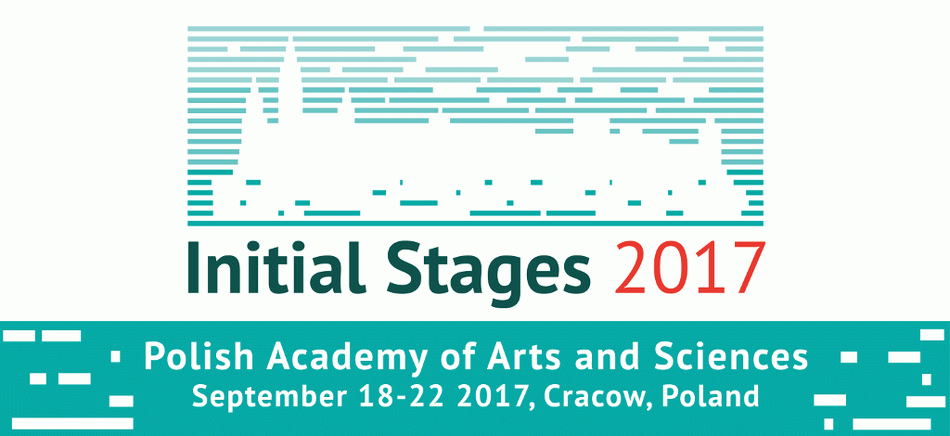Speaker
Description
The study of particle production in proton-nucleus collisions provides essential information about high-density effects (like gluon saturation) in the nuclear wavefunction. The corresponding cross-sections can in principle be computed within perturbative QCD, using the framework of the Color Glass Condensate. However, a recent calculation of single-inclusive hadron production at next-to-leading order (NLO) met with an unexpected difficulty: the cross-section suddenly turns negative at transverse momenta of the order of a few GeV, in a range where perturbation theory is expected to be reliable. We argue that this problem is an artifact of some of the approximations inherent in the usual factorization scheme at high energy, ``the $k_T$-factorization'', which is local in rapidity. We present a more general factorization scheme, valid through NLO, which is non-local in rapidity but yields a manifestly positive result for the cross-section. We also clarify a recent difficulty with the use of a running coupling in the context of the NLO calculation.
